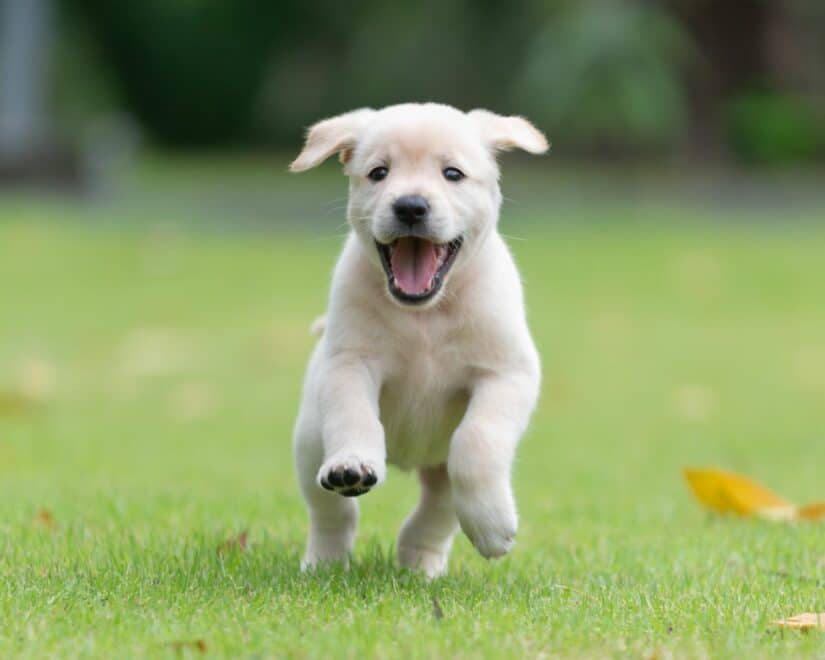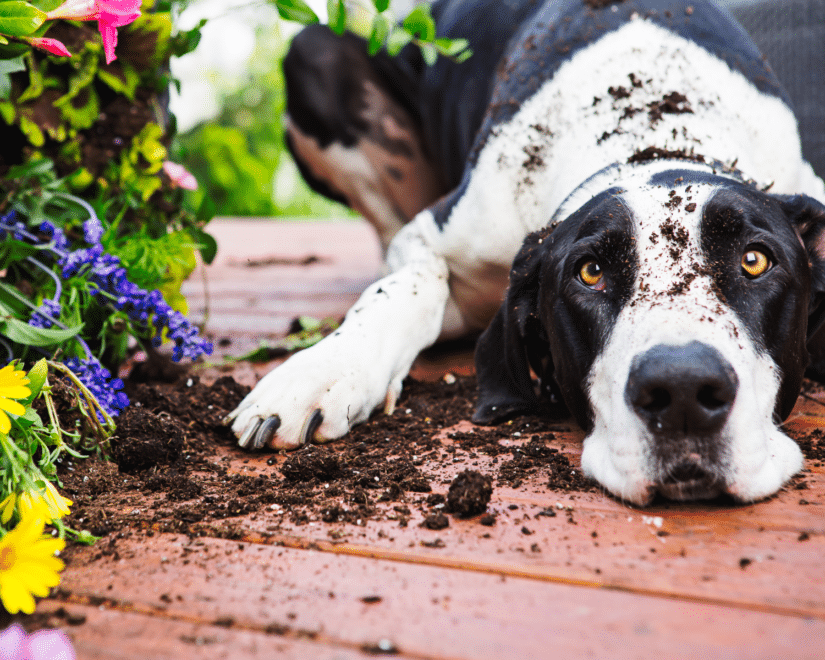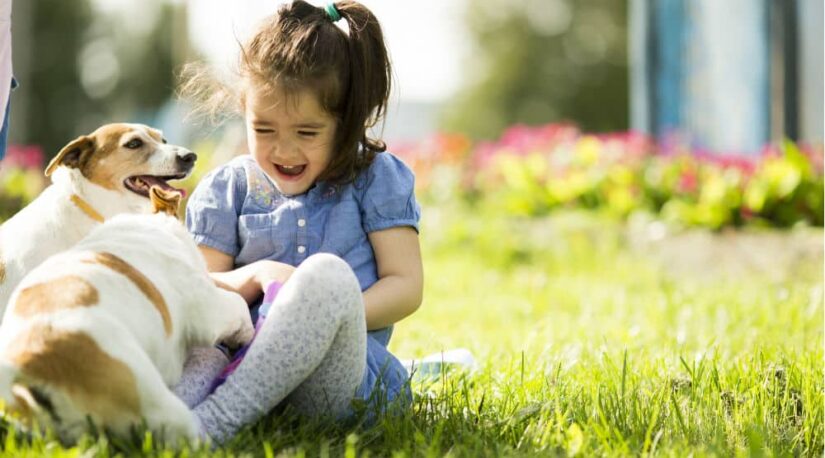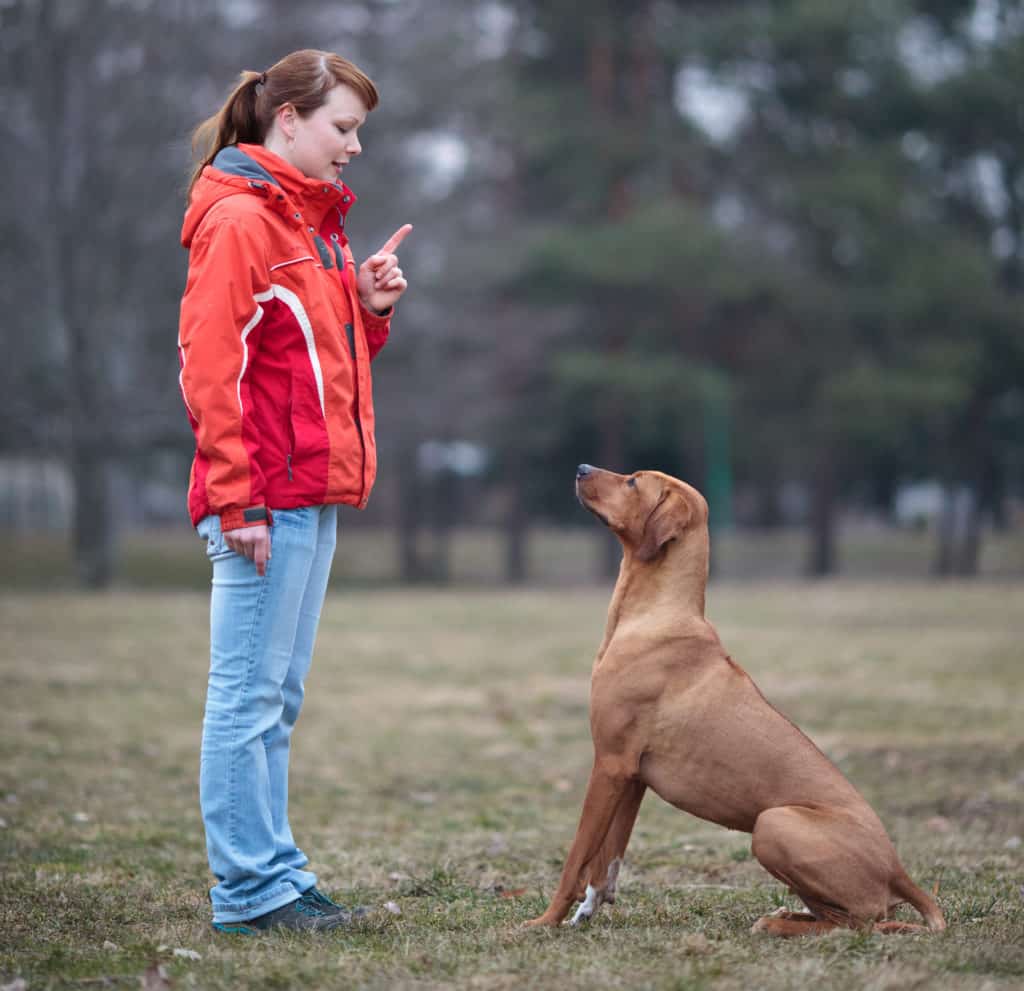From Ancestry to Health Insights
Utilizing only a tiny fraction of your dog’s DNA, emerging technology can potentially aid pet owners, veterinarians, and breeders in multiple ways. These advancements enable the determination of ancestry, uncover genetic predispositions for various diseases and reveal traits like muzzle length and ball-retrieving ability. Additionally, this innovative approach can shed light on the balance of bacteria in your pet’s mouth and digestive system and their ability to metabolize specific drugs.
Understanding Genes and Their Impact
Think of your genes as DNA stretches that unfold the story of your pet’s health, heritage, behavior, and appearance. In the 1990s, lab testing of blood samples facilitated a breakthrough in detecting genetic markers related to several hereditary diseases, like copper toxicosis in Bedlington Terriers. In 2007, Wisdom, alongside Paw Print Genetics and Embark, tapped into the newly mapped complete canine genome, encompassing around 20,000 genes on 39 chromosomes! Leveraging this advancement, they began offering direct-to-consumer pet DNA testing using oral swabs, delivering results in just three weeks.
Initially, the value of over-the-counter DNA test kits was limited. They focused on identifying shared DNA sequences among purebred dog breeds, analyzing cheek swab samples to gauge how closely a pet’s DNA resembled known breeds. For those with mixed-breed dogs, these kits allowed them to trace their pets’ ancestral line back to their great-grandparents and determine their area of origin. Owners were informed about their dog’s likely breed makeup through a pie chart. This information proved helpful for understanding various traits, like a tendency to dig in terriers or a long, curly tail in Akitas.
Pet owners could tailor their training and care approaches according to their pet’s predominant breed. By understanding their dog’s genetic predispositions, they could proactively manage breed-specific conditions, such as obesity in retrievers. Additionally, behavioral assessments and modification plans could incorporate insights derived from experience in training specific breeds and historically successful treatment protocols.
Like the features offered by 23andMe for humans, those who submitted their pet’s DNA samples through biobanks could utilize the “find my pet’s relatives” feature. This allowed them to connect with other pet owners whose pets shared common DNA variants, fostering a sense of community among owners of genetically related animals.
In the past decade, significant advancements have occurred in DNA testing, enabling data collection from multiple generations of more than 350 genetically unique breeds. Extensive biobanks now exist, containing information from thousands of pets. This research establishes connections between specific gene variants and hundreds of diseases and traits, showcasing the practicality of DNA testing that extends well beyond mere breed identification, ancestry exploration, and entertainment purposes.
The Function of Genes
Let’s understand how genes function! Specific gene variants exhibit dominance or complete penetrance, meaning the presence of a specific version of a gene invariably results in the expression of a particular disease or characteristic. For instance, dogs with brown eyes; they possess a dominant brown eye allele that determines their eye color. However, they may also carry a version of the gene linked to blue eyes.
On the other hand, some gene variants necessitate additional DNA sequences to be fully expressed. Various factors like breed, age, sex, nutrition, and lifestyle can influence the likelihood of certain diseases appearing in a pet. For example, in German Shepherds, degenerative myelopathy is associated with a genetic mutation. However, only some dogs with copies of this mutation eventually develop the disease, and the reasons for this remain to be fully understood.
Interestingly, Yorkies with the same genetic variant rarely show signs of degenerative myelopathy. Genes and their expression are complex, and we are still learning how they affect health and behavior.
Genetic Markers and Disease Risk
As more genetic markers are identified, the veterinary community has increasingly embraced screening pets as part of their wellness approach. Embark offers a specialized panel that decodes your dog’s DNA, revealing essential information about its breed and ancestral origins. The test can also screen for over 250 heritable diseases, including conditions like progressive retinal atrophy. When present in one or two copies, specific genetic variants raise the likelihood of passing the mutation to future litters or symptoms in your pet.
For example, a specific mutation found on the MDR1 gene, common in herding breeds like the collie, pets carrying this mutation become more susceptible to drugs such as ivermectin, certain anesthetics, and Imodium. If your pet inherits two copies of this mutation, one from each parent, their sensitivity to these drugs becomes even more pronounced. Your veterinarian then will make necessary adjustments to treatments, avoiding any potential drug toxicity if your pet is identified as a carrier of the MDR1 variant or has mixed ancestry with breeds commonly affected by this mutation.
Vet Care Plans
Pet reports available to the owner and veterinarian include the presence or absence of genetic mutations, health risks associated with mutations, pet ancestry, 35+ traits related to your pet, including increased shedding or intolerance to altitude changes, level of inbreeding or genetic diversity, and even predicted adult weight. Trait analysis and weight predictions are 85-99% accurate, while the presence of genetic health markers found on DNA is 99.9% accurate. Embark also offers veterinary and owner consults to interpret data, identify symptoms, and suggest treatment for genetic diseases. With all this information at our fingertips, vets can create more personalized care programs and proactively manage pets’ health.
By providing a small sample of your dog’s fresh feces, scientists can assess the well-being of your pet’s gut microbiome. Any imbalances in the intestinal bacteria may lead to symptoms like vomiting, diarrhea, weight loss, and weakened immunity. Veterinarian recommendations are based on their specific requirements for supplements. They adjust their diet to address digestive issues, improve your pet’s health, and extend their lifespan. Basepaws, a new DNA testing company, offers oral biome DNA testing. Identifying the presence of certain oral bacteria increases the probability of tooth resorption, halitosis, and periodontal disease. After test completion, owners receive a personalized report and treatment suggestions, including products endorsed by the Veterinary Oral Health Council.
Dog Breeding
Breeders use DNA testing as part of their tool kit to breed dogs clear of specific genomic variants or mutations and increase genetic diversity, ensuring healthier puppies. Selection of compatible breeding pairs lowers health risks for future litters and is crucial to a good breeding program.
Canine DNA and Human Health
Sequencing, or decoding the canine genome, has applications beyond the species; genetic mutations for certain diseases like Duchenne’s muscular dystrophy are found on the same gene in dogs and humans. Studying the canine genome and finding commonalities with humans make dog DNA a perfect model for researching new treatments and testing in people. The more dogs tested, the more data scientists collect, and the more we learn about how diseases are inherited, identified, and progressed among all species.
View our Pet Wellness Videos for more expert pet advice.
At Pet Butler, we want you and your pet to live your best and healthiest lives, which is why we offer Pet Waste Removal and Pet Care services year-round. We offer weekly, bi-weekly, monthly, and one-time clean-up services to meet your schedule and needs.











